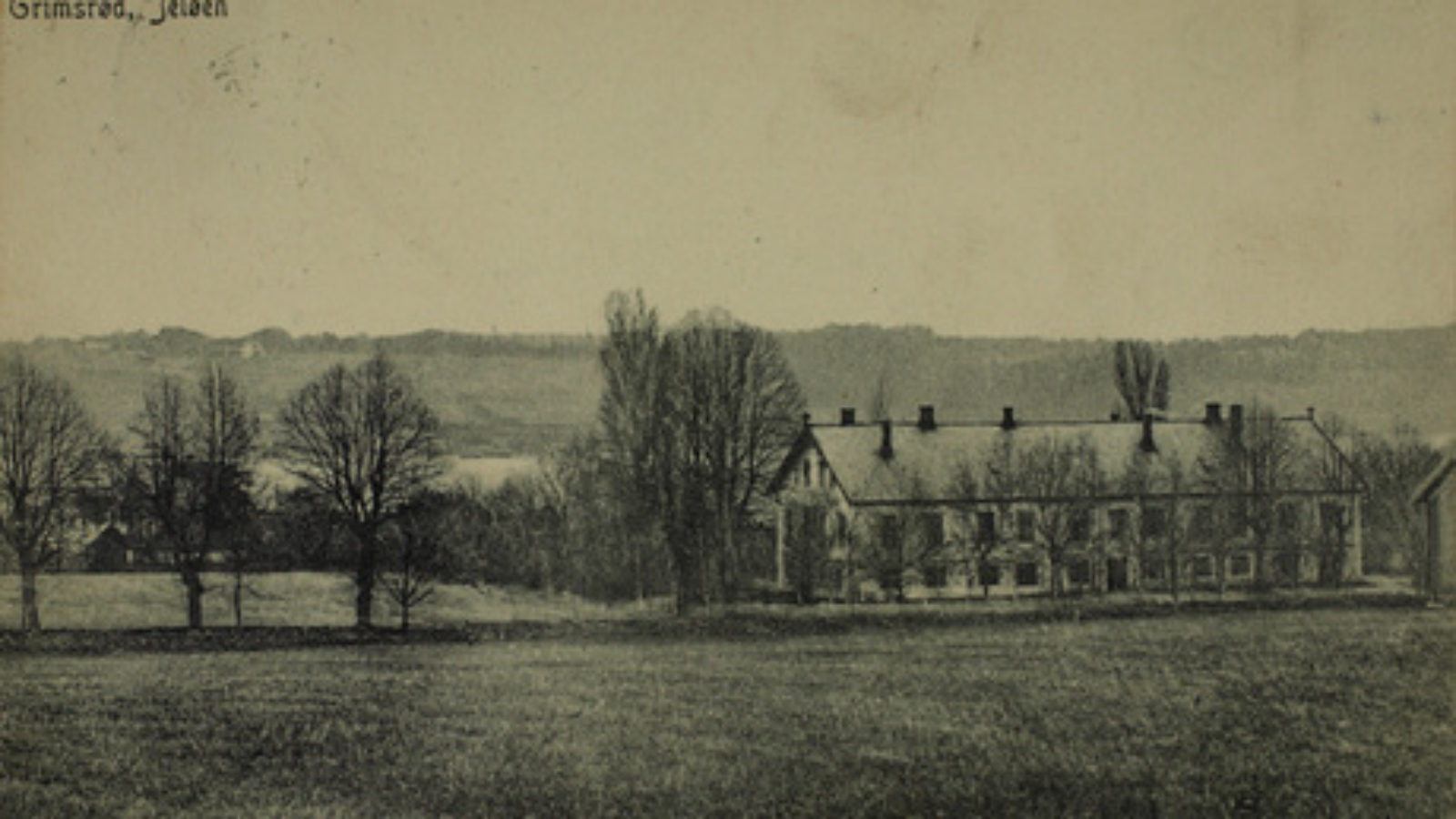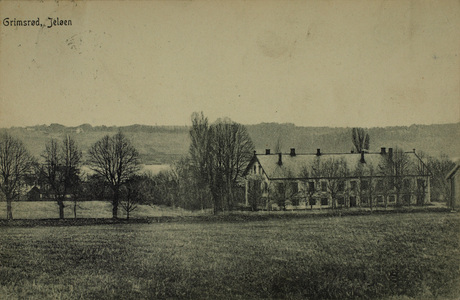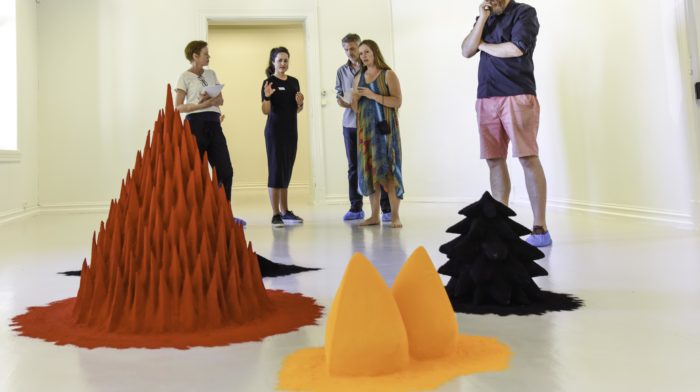On the occasion of Munch anniversary year Punkt Ø – Galleri F 15 put spot on a period in Edvard Munch`s art which is not very communicated. Punkt Ø, the county gallery of Østfold, has started various research projects that address the years Munch lived and worked in Moss. The first main goal is the exhibition Munch and Moss 1913-1916, curated by Hilde Mørch. In addition, the book Munch and Moss by Hans-Martin Frydenlund Flaatten will be published in 2014.
Between 1913 and 1916 Edvard Munch lived at Grimsrød farm on Jeløy, an island close to the town of Moss. By this point in his life he had already achieved great success abroad as an artist, but a large part of the Norwegian art audience was still quite skeptical about his work, resulting in caricatures and derogatory reviews.
Munch had become a prosperous man and was at the time one of Moss most affluent inhabitants. At Grimsrød he frequently entertained foreign visitors; art collectors, some of them wanted to be portrayed, artists and museum representatives who were willing to purchase paintings and discuss future exhibitions. Munch was happiest working and living in rural surroundings, but also dependent on close proximity to the city as well as having ties to the city and abroad. Munch travelled a lot in this period, abroad as well as to his residencies in Kragerø, Åsgårdstrand, Hvitsten and Moss.
The main building of Grimsrød farm still stands, but parts of the site are converted into townhouses and detached houses. In Edvard Munch’s centennial year, Galleri F15, located at Alby farm in the southern part of Jeløya not far from Grimsrød farm, will exhibit Munch’s art from this period in an environment that approximates what Munch chose as his habitus in 1913.
Munch’s art returns to realism in this period, which he interprets stubbornly with artistic freedom and power in both figurative and landscape paintings. He does not go back to creating archetypal paintings but brings back intensified imagery from the 1890s. Munch works with the same candour and unbiased technique in his graphic art. As with his paintings, he is careful of keeping his techniques inherent potential, and is no stranger to utilize instruments that may occur by pure chance. Munch keeps on moving the boundaries of what is technically and artistically possible.
The exhibition is divided into six rooms that are organized as follows: 1) Landscapes, 2) Portraits and animal motives, 3) Assembly hall decorations, 4) The two versions of the “Workers on their way home”, from 1913 to 1914 and 1914 (film loop), 5) Film: Various films that illustrate Edvard Munch’s life and works, and 6) Documentation (photographs, cartoons, movie, literature on the period 1913-1916).






